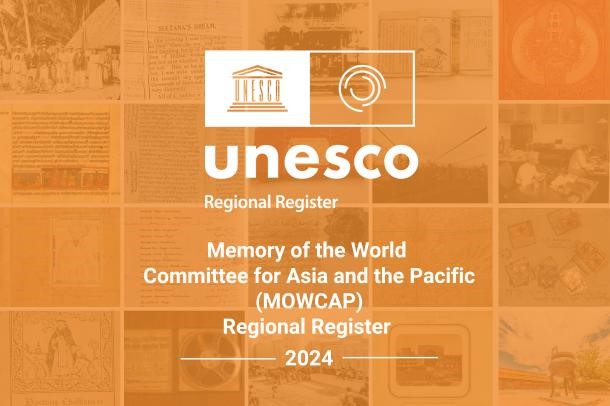Free Courses Sale ends Soon, Get It Now


Free Courses Sale ends Soon, Get It Now



Disclaimer: Copyright infringement not intended.
Context
Significance of the Literary Works
Ramcharitmanas
Panchatantra
Sahṛdayāloka-Locana
UNESCO's Memory of the World Register
Indira Gandhi National Centre for the Arts (IGNCA)
History
Governance
Board of Trustees
Executive Committee
About IGNCA
Aims and Objectives
1.Resource Center:
2.Research and Publications:
3.Tribal and Folk Arts Division:
4.Forum for Dialogue:
5.Interdisciplinary Dialogue:
6.Research Models:
7.Social Interactions:
8.National and International Interaction:
9.Related Research:
Cultural Performances and Festivals
Technological Innovations
Contribution to Cultural Preservation
Global Outreach
Future Goals
|
PRACTICE QUESTION Q. Which of the following authors is associated with the literary work Sahṛdayāloka-Locana? A. Mirabai B. Acharya Anandvardhan C. Ved Vyasa D. Kabir Answer: B. Acharya Anandvardhan |
SOURCE: PIB
© 2024 iasgyan. All right reserved